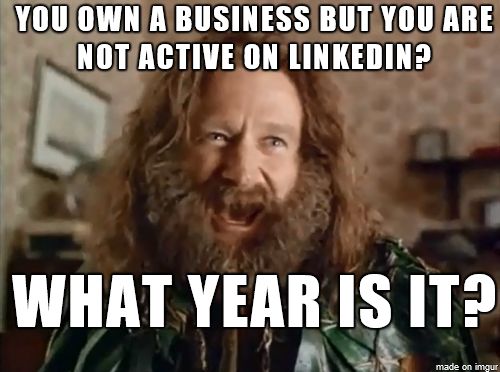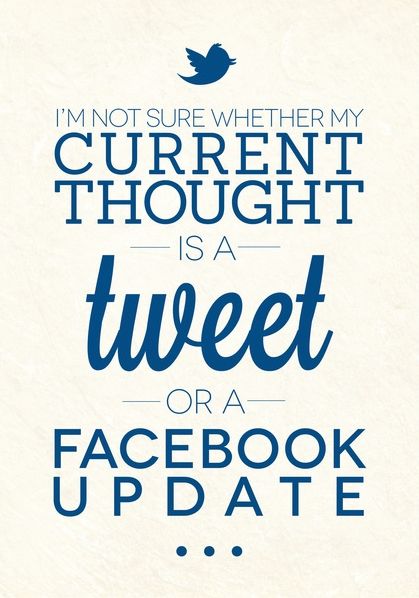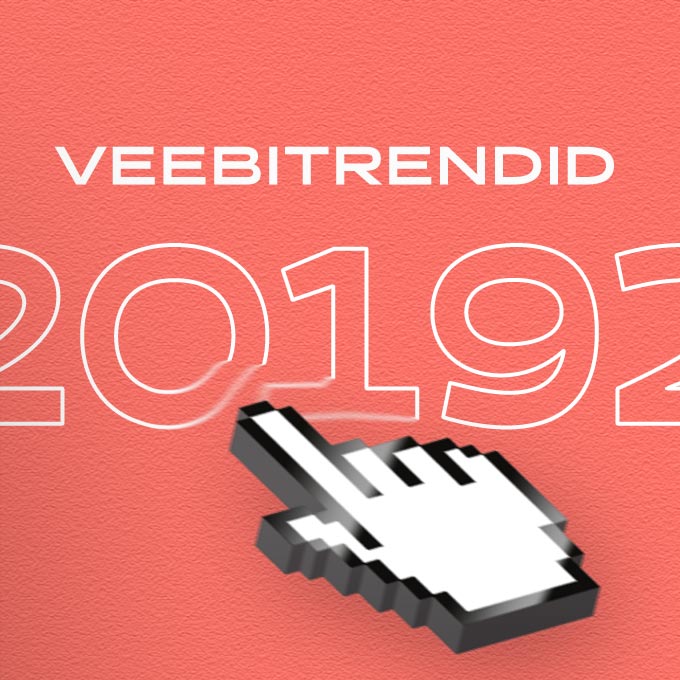In the previous blog post we talked about inbound and outbound marketing strategies, so to move forward from there I’ve been thinking about the importance of social media, not only in organic aka inbound marketing, but instead as a tool for in-house communications.
Facebook has replaced MySpace, instant film Kodak has been replaced by Instagram, instead of magazine clippings there now are Pinterest‘s web clippings (for posting images and infographics), professionals socialize through LinkedIn and MSN Messenger has made way to SnapChat – this list is only a small part of the various systems that people use for communicating and gazing at products and services each and every day. All this not only makes them amazingly powerful marketing tools, but immensely useful for organizing everyday office work. And the best bit is – they are all free! Yet most people working in modern companies don’t want to or don’t know how to use these channels inside their firm and companies themselves don’t know how to make these channels work in their benefit. A recent McKinsey report found that companies who are digitally mature (in other words, employees of all levels use social media in everyday work and by doing that they have all become direct representatives of their company’s brand), reap up to $1.3 billion in business value and profit by using such social media channels within their company. For example, Dell managed to use it’s Twitter account so well that they earned $3 million in profits just via customers that found them via this platform.
How would all this look like in everyday work?
Facebook: closed company-based groups can be created where employees can share useful, exciting or educational information regarding their department or field of work in general. Because a lot of free time is already spent browsing Facebook anyway, checking the company’s closed community page on the social media site will soon become a habit (instead of starting a conversation on the company’s intranet).
LinkedIn: create a profile for your company that employees can then link to their personal profile as a place of current employment – this creates a network for your company and if the employee should leave the information about your company will remain in their CV.

Twitter: thanks the short tweet format Twitter enables to simply share snippets of information or instead conduct larger campaigns through the use of hashtags. Once your employees learn to use these, they will spread your campaign information through their personal networks as well, meaning the information will reach an ever growing crowd of potential customers. This is very important, because the information about your company’s sales campaign might be shared to a new customer by their acquaintance who just happens to work in your company – this increases trustworthiness, because information coming from a friend is usually not seen as spam.

Pinterest: if your company has product catalogs then import the images to Pinterest, categorise and describe them keeping your company’s (and/ or the manufacturer’s or reseller’s) name. For example, ISKU has been smart with this – clients who wish to get inspiration for their new bedroom and found their beautiful product photos can now save them to their personal Pinterest boards from where in turn they will be seen by more people and once they also pin these photos then even more people. And this means bigger sales numbers.
Instagram: this platform is extremely popular, especially among younger users. Instagram allows to take a picture or a short video and tune it by adding filters and then share it not only to Instagram itself but also to Facebook and Twitter so it reaches a lot of people with minimal effort.
Once your company’s employees know how to use these tools they become great representatives for your company in the digital world as well as better consultants for your clients. In the US it is possible to go to an Apple store and purchase goods with your iPhone and never even talk to a sales rep! You can go in, scan the product code using your phone and then pay by using your iTunes account. Walk out of the store without having talked to a single person yet still you will have been able to check the products out before buying them – anonymous digital world meets a real store. And of course all Apple employees know how how this works no matter what department they are working in and are able to explain the process. If I see a post on Twitter about a cool new product or a book I want all I need to do is to reply to the tweet using the hashtag #AmazonCart and it will magically appear in my Amazon shopping cart next time I visit the site. All that is left to do now is pay for it and wait – all that without ever visiting an internet shop! And e-store employees all over the world can use this to advertise their employer’s products (provided they are sold on Amazon of course).
To get these kinds of social tools to bring actual profits, all the current processes and procedures in the company would need to be redesigned, in-house hierarchy dramatically reduced and a culture of mutual trust created (whereby the company trusts its employees to socialise via social media). In case all the above seems like something for the distant future then you should check the statistics: already communication is happening more and more on the internet even in tiny Estonia (and perhaps especially in Estonia, given our IT literacy), our young generation is well aware of new global trends and consumer behaviour and increasingly goes along with it – changes are inevitable and will happen faster than we think.
In the next post I will be writing a little bit about this mystical new thing in Estonian marketing – the hashtag – and how to use it to your advantage.
As always pictures from our Pinterest board.

